Ask Ethan: Can failed stars eventually succeed?
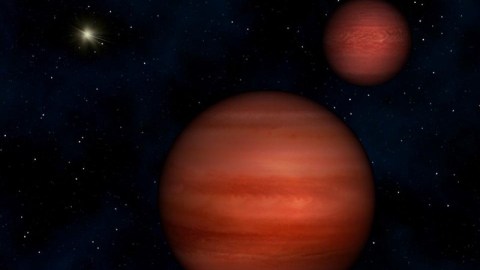
Brown dwarfs are the ultimate failed stars, but they might not remain as failed forever.
“[Brown dwarfs] appear to live a more exciting life than we presumed. They are too big to be planets and two small to be stars, but it does appear that if you watch one it has very active events… there is action going on.”
–Lars Bildsten
In the night sky, the most apparent thing of all are the stars, found in every direction we dare to look. But for every star that gathers enough mass to ignite nuclear fusion in its core, burning hydrogen into helium and turning matter into energy via E = mc2, there are many other objects that didn’t make it that far. Most collections of mass that start to form in a nebula never get big enough to become a star, and instead become fragmented gas clouds, asteroids, rocky worlds, gas giants, or brown dwarfs. The brown dwarfs are the “failed stars” of the Universe, having gathered enough mass to ignite some rare-isotope fusion reactions, but not enough to become true stars. But many brown dwarfs come in binary pairs, leading Ibnul Hussaini to wonder if they might, someday, merge:
Will the orbit of these [brown dwarfs] over a long period of time, eventually become smaller and smaller from the loss of energy through gravitational waves? Will they then eventually end up merging? If so, what happens in a [brown dwarf] merger? Will they merge to become an actual star that goes through fusion? Or is it something else entirely?
In astronomy, as in life, just because you didn’t make it on the first try doesn’t mean you’ll never get there. Let’s start by looking at the ones that make it.
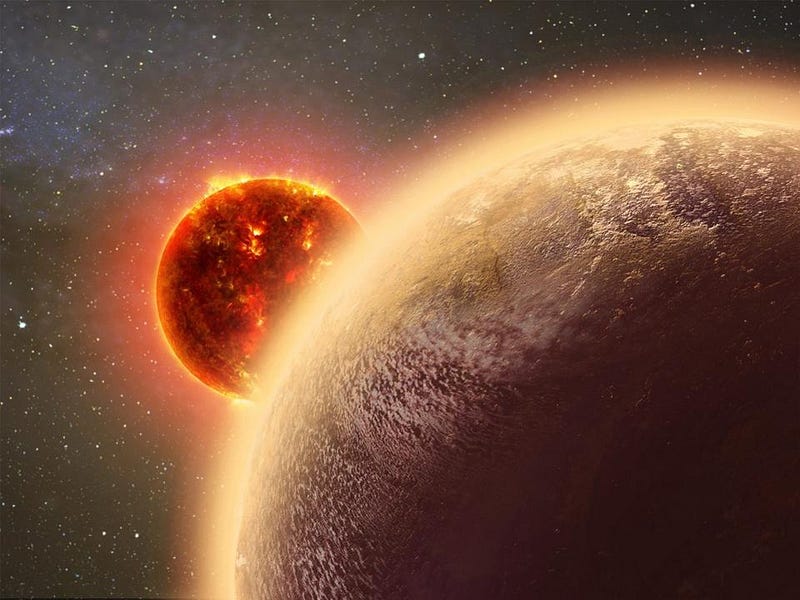
In order to ignite nuclear fusion in the core of a star — to get hydrogen nuclei to fuse — you need to reach a temperature of around 4,000,000 K. The gas that stars form from in interstellar space begins at relatively cold temperatures: just a few tens of degrees above absolute zero. But once gravitation kicks in, it causes this cloud of gas to collapse. When collapse occurs, the atoms inside gain speed, collide with each other, and heat up. If there were only a small number of atoms present, they’d emit that heat out into the interstellar medium, sending light streaming throughout the galaxy. But when you get large numbers of atoms together, they trap that heat, causing the interior of the gas cloud to heat up.
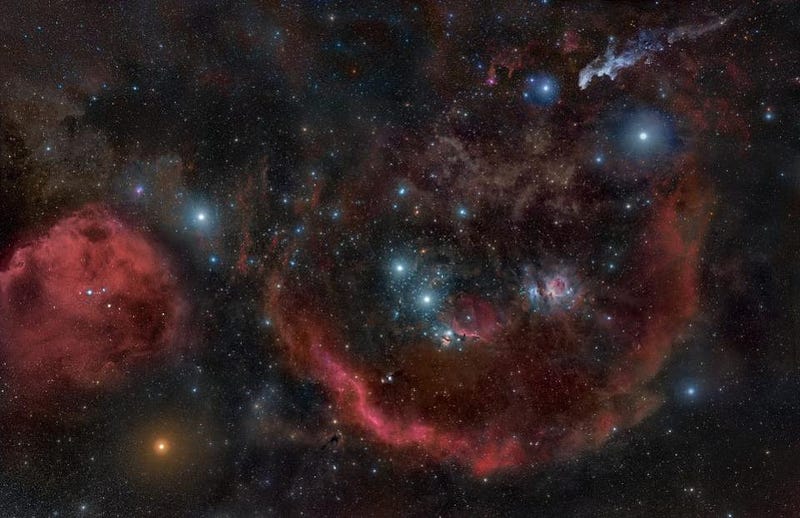
If you form something very small, like of the mass of an asteroid, Earth, or even Jupiter, you might heat up to thousands or even tens of thousands of degrees in your core, but you’ll still be very far away from that fusion temperature. But if you hit a certain critical mass — about thirteen times the mass of Jupiter — you’ll achieve a temperature of about 1,000,000 K. That’s not enough to begin fusing hydrogen into helium, but is a critical temperature for a very specific reaction: deuterium fusion. About 0.002% of the hydrogen in the Universe doesn’t just have a single proton as its nucleus, but rather a proton and a neutron bound together, known as a deuteron. At temperatures of a million degrees, a deuteron and a proton can fuse together into helium-3 (an uncommon isotope of helium), a reaction which releases energy.
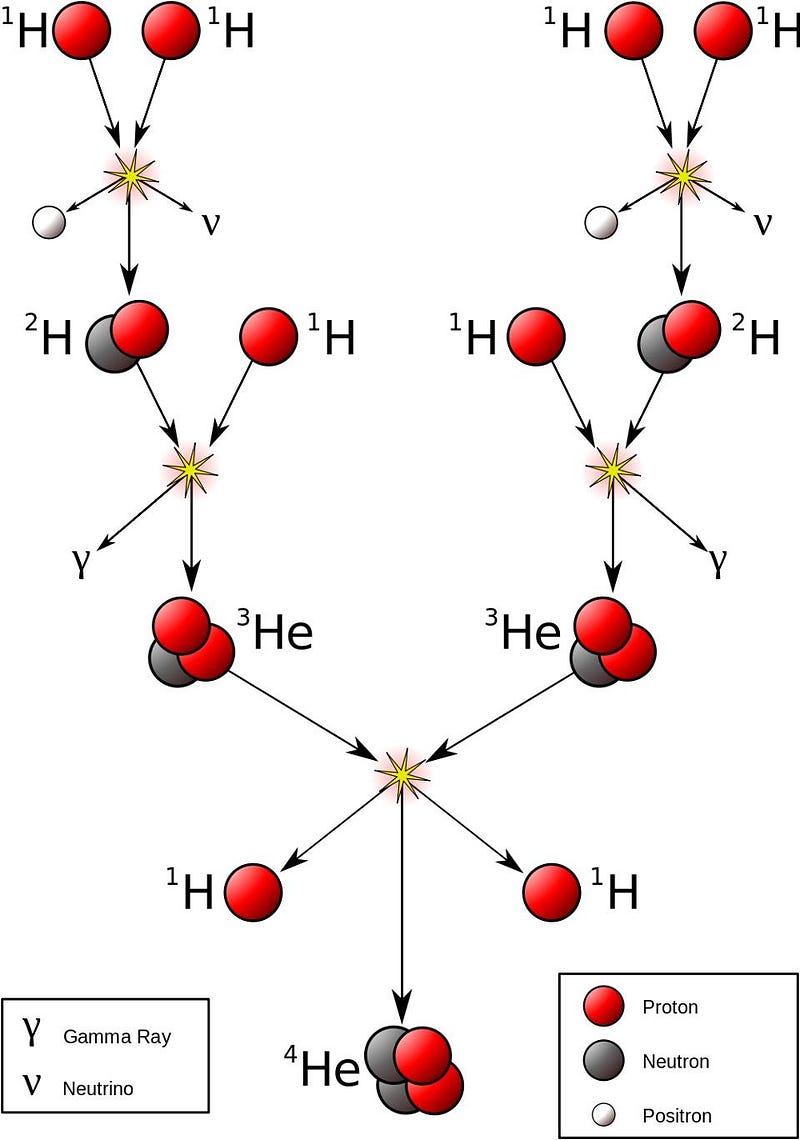
This is important! This release of energy, particularly during the protostar (i.e., star-formation) phase, generates high-energy radiation that pushes back against internal gravitational collapse, preventing the very center from getting too hot and hitting that 4,000,000 K threshold. This buys you extra time — tens of thousands of years or more — allowing you to gather more and more mass. Once you start fusing pure hydrogen (i.e., protons) in your core, the energy release is so intense that stars don’t grow any larger, so those early, first stages are critical. If it weren’t for deuterium fusion, the most massive stars would cap out at only about three times the mass of our Sun, instead of the hundreds of solar masses they reach in our backyard.
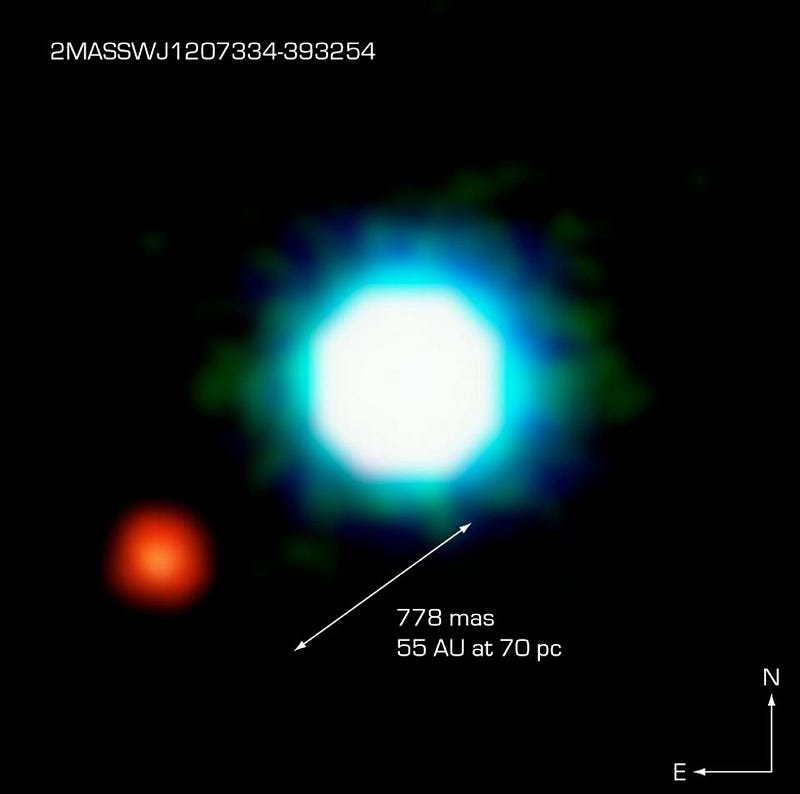
In order to ever reach that 4,000,000 K temperature in your core, and thereby become a true star, you need a minimum of about 7.5% the mass of our Sun: around 1.5 × 10^29 kg of mass. To become a deuterium-fusing brown dwarf, also known as a failed star, you need somewhere between 2.5 × 10^28 kg and 1.5 × 10^29 kg of mass. And just as there are binary stars out there in great numbers, so, too, are there binary brown dwarfs.
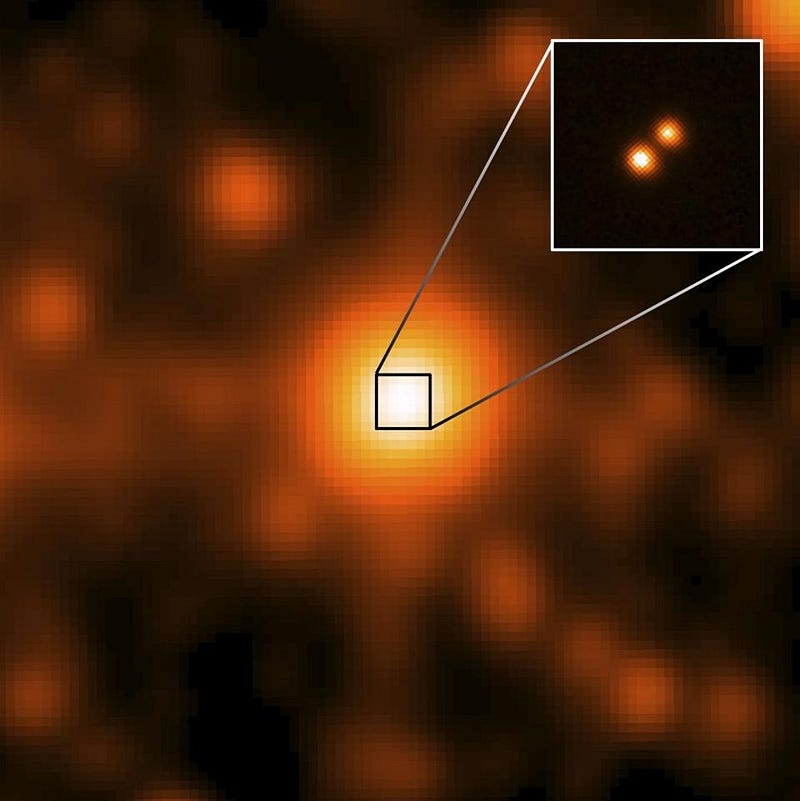
In fact, the closest brown dwarf to us, the system Luhman 16, is a binary system, while other brown dwarfs have been known to have giant planets orbiting them. In the specific case of Luhman 16, the masses of the two brown dwarfs are determined to be:
- Between 8.0 × 10^28 kg and 1.0 × 10^29 kg, for the primary, and
- between 6.0 × 10^28 kg and 1.0 × 10^29 kg, for the secondary.
In other words, there’s an excellent chance that if these two failed stars, orbiting at about three times the Earth-Sun distance from one another, were to merge, they would form an actual star. In fact, any addition of mass that takes a failed star over that mass threshold to begin burning hydrogen in its core ought to do it.
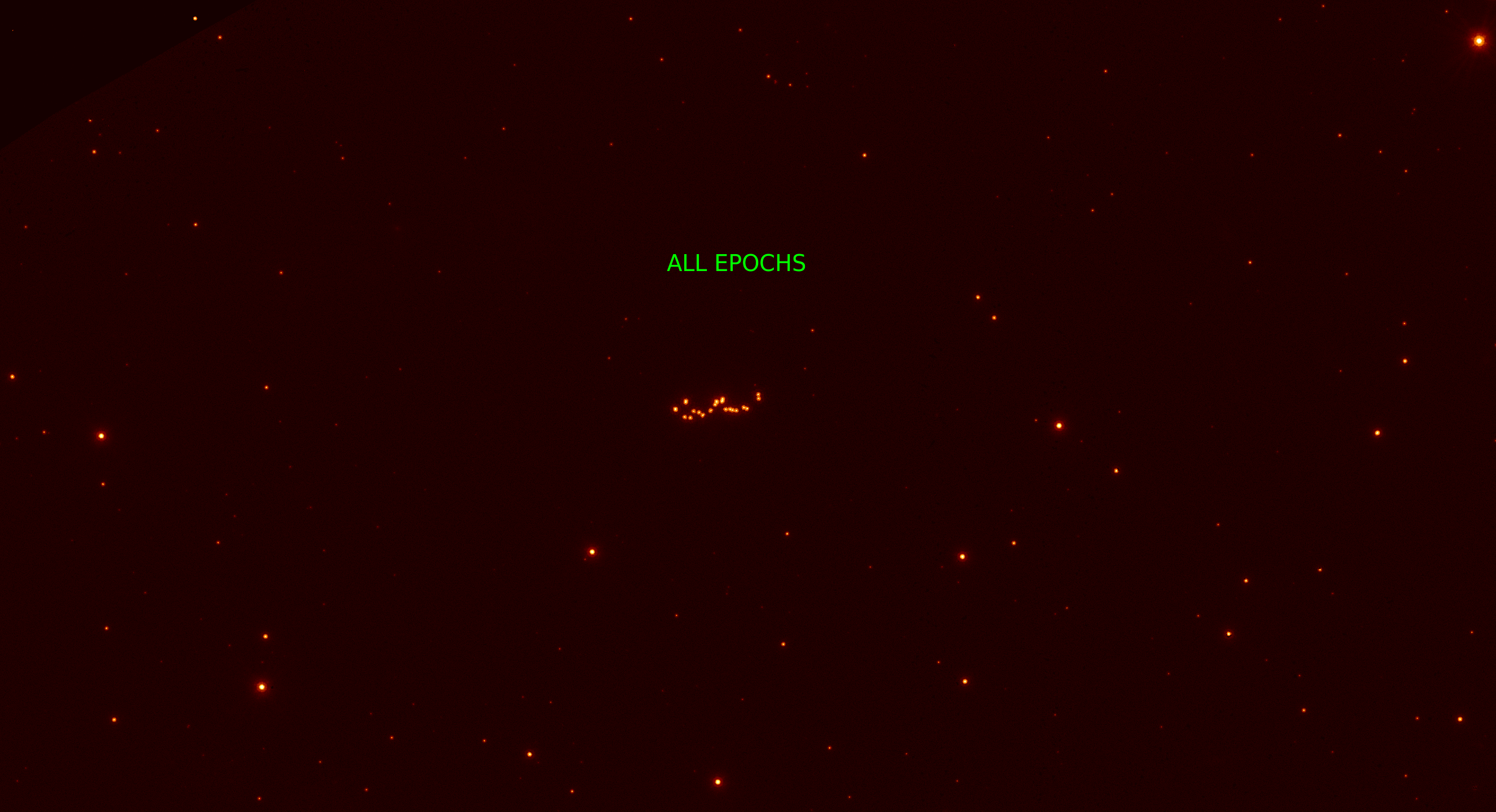
Ibnul’s hunch is on the right track: yes, it’s true that orbiting masses do emit gravitational waves, and that the emission of these waves will cause orbits to decay. But for these masses and distances, we’re talking about decay times of somewhere in the neighborhood of 10^200 years, which is much, much longer than the lifetime of the Universe. In fact, it’s much longer than the lifetime of any star at all, of the galaxy, or even of the galaxy’s central black hole. If you wait around for gravitational waves to turn this binary pair of brown dwarfs into a star, you’re going to be waiting a disappointingly long time.
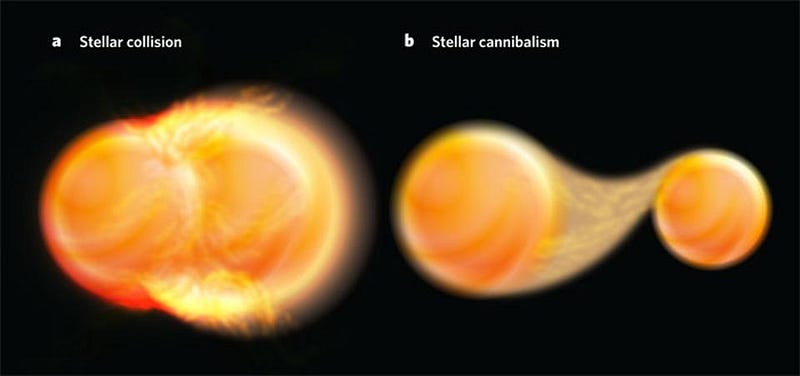
Every once in a while, you get random collisions between objects in space. Just the fact that stars, failed stars, rogue planets and more move through the galaxy, primarily influenced by gravitation, means that there’s a finite chance that you’ll just randomly get a collision between two objects. This is a much better strategy than waiting for gravitational waves to take your orbits down, except in the most extreme cases. On timescales of about 1018 years, “only” about 100 million times older than the Universe presently is, brown dwarfs will randomly collide with either other brown dwarfs or stellar corpses, giving new life to a failed star. About 1% of brown dwarfs, according to current estimates, will meet that fate.
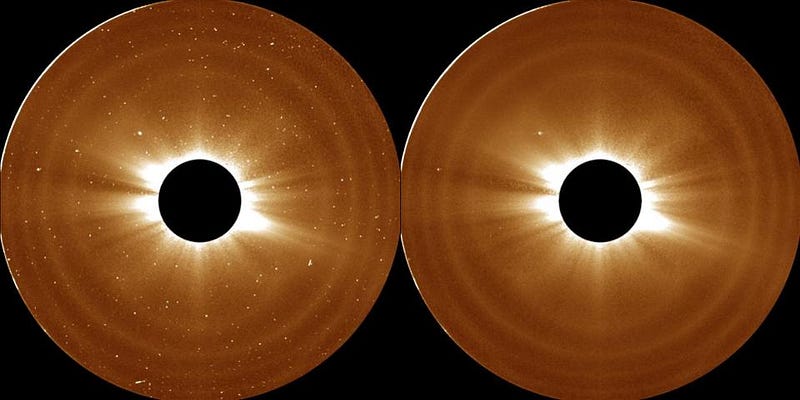
But even if you can’t wait for gravitational radiation, and even if you don’t get lucky enough to collide with another brown dwarf in interstellar space, you still have a chance to merge. We normally think of stars as having a certain extent in space: that they take up a certain volume. For that matter, that’s how we think of Earth’s atmosphere, too: as a hard edge, with a boundary between what we consider the atmosphere and outer space. How foolish is that! In reality, atoms and particles extend outward for millions of miles (or kilometers), with flares from stars reaching well beyond the orbit of Earth. It was recently discovered that brown dwarfs emit flares, too, so just as a satellite in low-Earth orbit will fall back down to our planet, the friction from a brown dwarf in orbit around another will eventually draw them in. It won’t quite work for Luhman 16, but if the distance between the two failed stars were more like the Sun-Mercury distance, rather than the Sun-Ceres distance, this effect would have a shot.
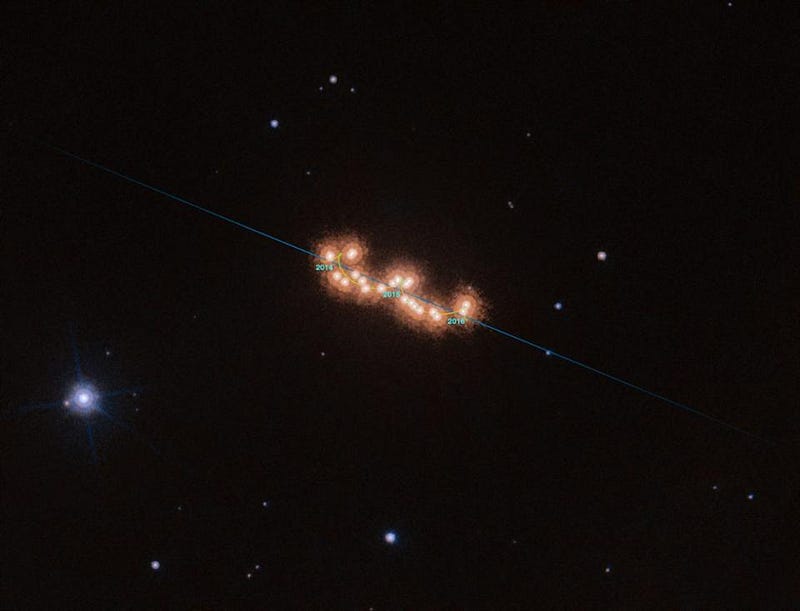
So what happens if you do get a merger or a collision? These events are rare and will, for the most part, take much longer than the present age of the Universe to occur. By that point, even a brown dwarf will have burned up all of its deuterium, while the corpse will have cooled off to just a few degrees above absolute zero at the surface. But the energy of a collision or merger ought to create enough heat and pressure in the core that we should — so long as we cross that critical mass threshold — still ignite nuclear fusion in the core. The star will be low-mass, red in color, and extremely long-lived, burning for more than 10 trillion years. When a failed star at last ignites, it will most likely be the only star shining in the galaxy for its entire life; these events will be that rare and spaced out in time. Yet the type of star you become is interesting in its own right.
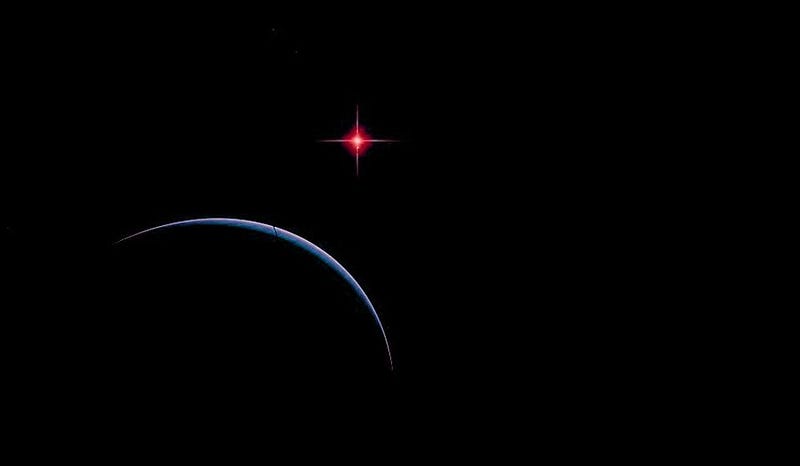
It will burn its fuel so slowly that the helium-4 which gets made — the product of the core’s hydrogen fusion — will eventually convect out of the core, enabling more hydrogen to fuse in the core. The convection is efficient enough that 100% of the star’s hydrogen should burn to completion, leaving a solid mass of helium atoms. There won’t be enough mass to burn that helium any further, so the stellar remnant will contract down to a type of star that doesn’t yet exist in the Universe today: a helium white dwarf. It will take roughly a quadrillion years for this white dwarf to cool down and stop emitting light, during which time other brown dwarfs in the galaxy will collide and ignite. By time a failed star finally succeeds and goes through its entire life cycle, becoming a black dwarf, another failed star will gets its opportunity.

If you managed to achieve some type of immortality, you could, in theory, travel from failed star to failed star, continuing on by drawing your energy from the Universe’s final, rare successes. Most failed stars will remain failures forever, but the few that succeed will be burning long after all other lights have gone out. As Winston Churchill famous said, “Success is not final, failure is not fatal: it is the courage to continue that counts.” Perhaps that applies to even the stars, even moreso than to ourselves.
Send in your Ask Ethan questions to startswithabang at gmail dot com!
Ethan Siegel is the author of Beyond the Galaxy and Treknology. You can pre-order his third book, currently in development: the Encyclopaedia Cosmologica.




